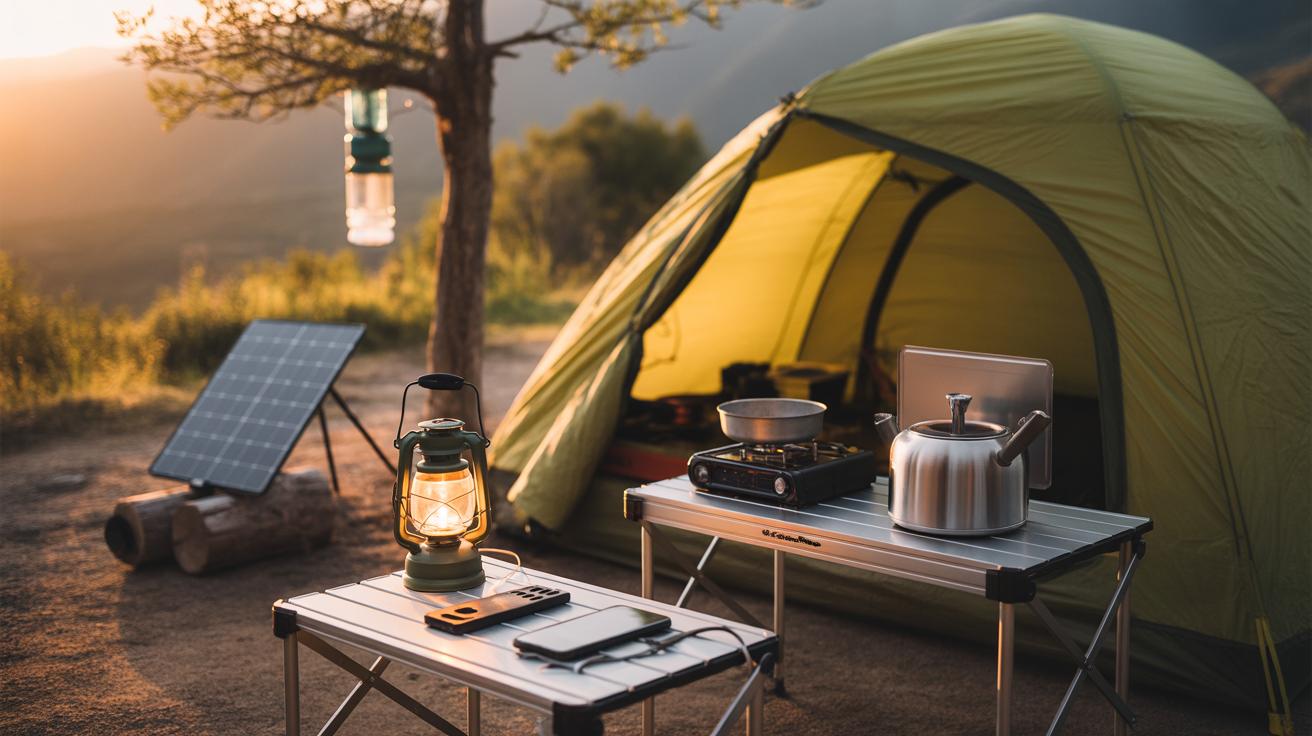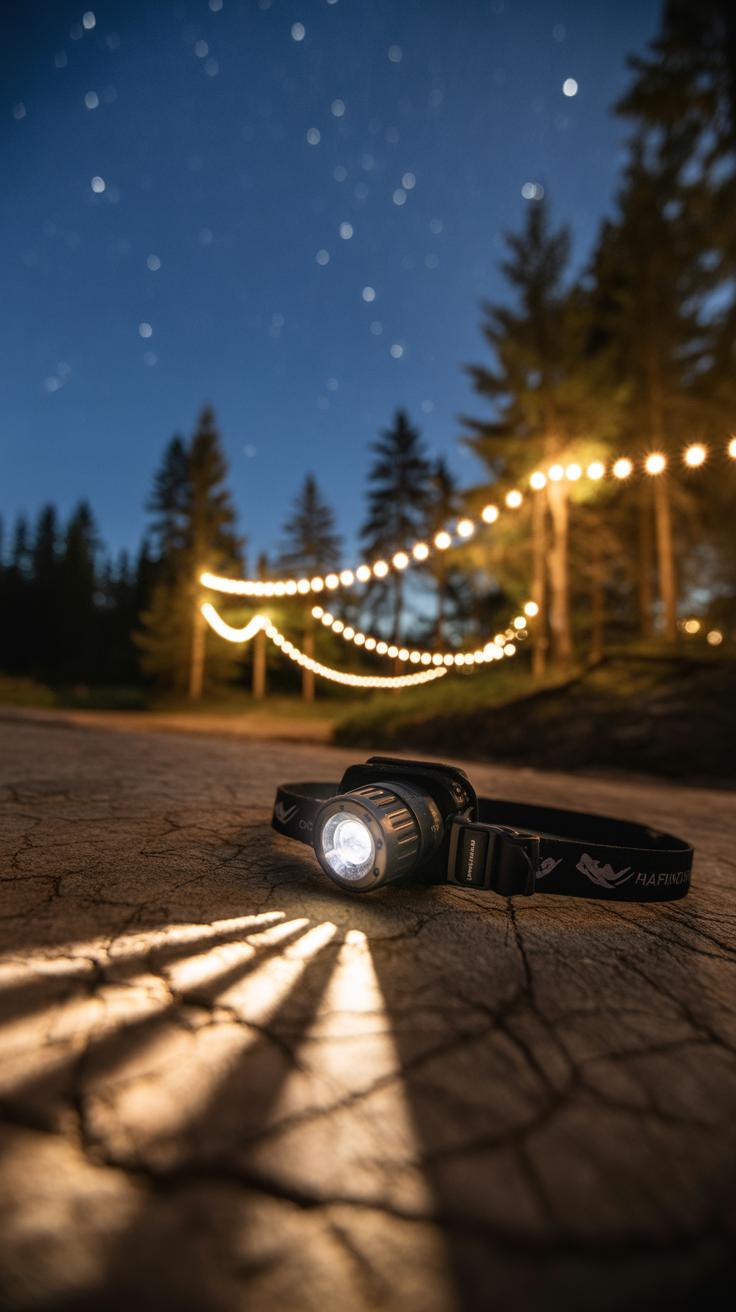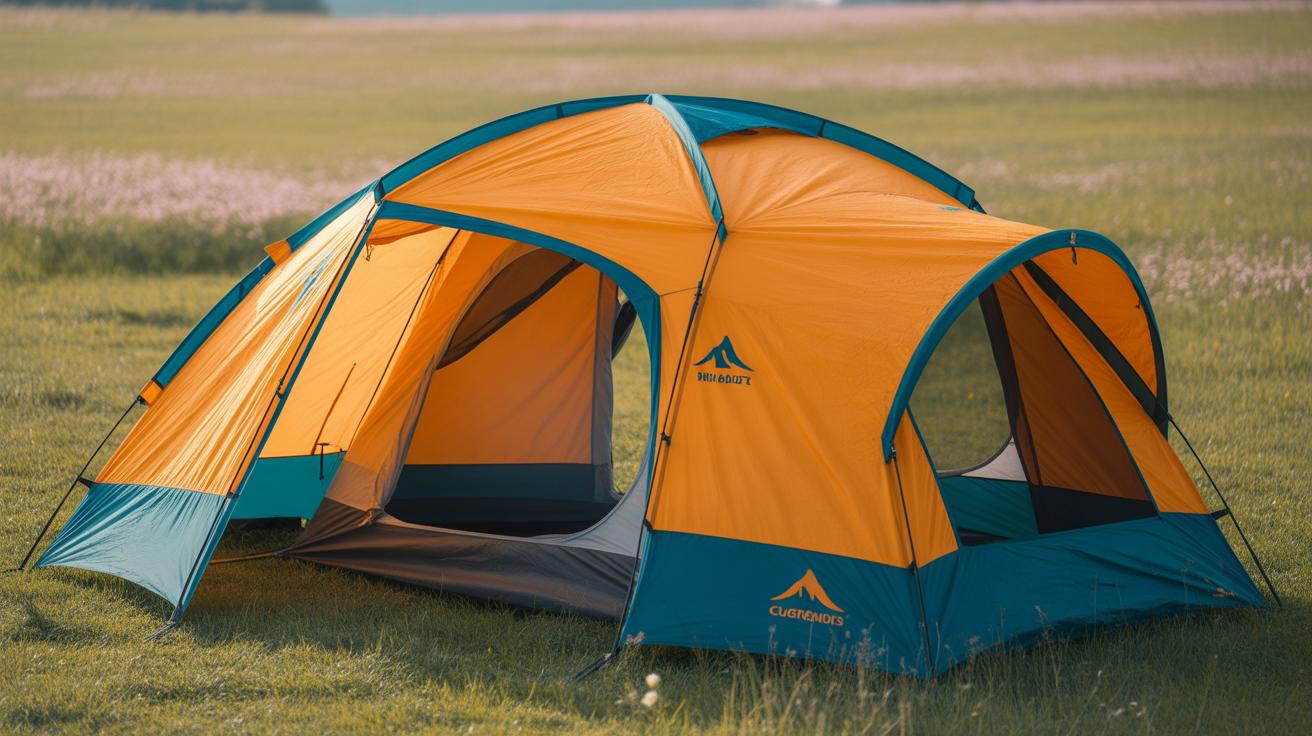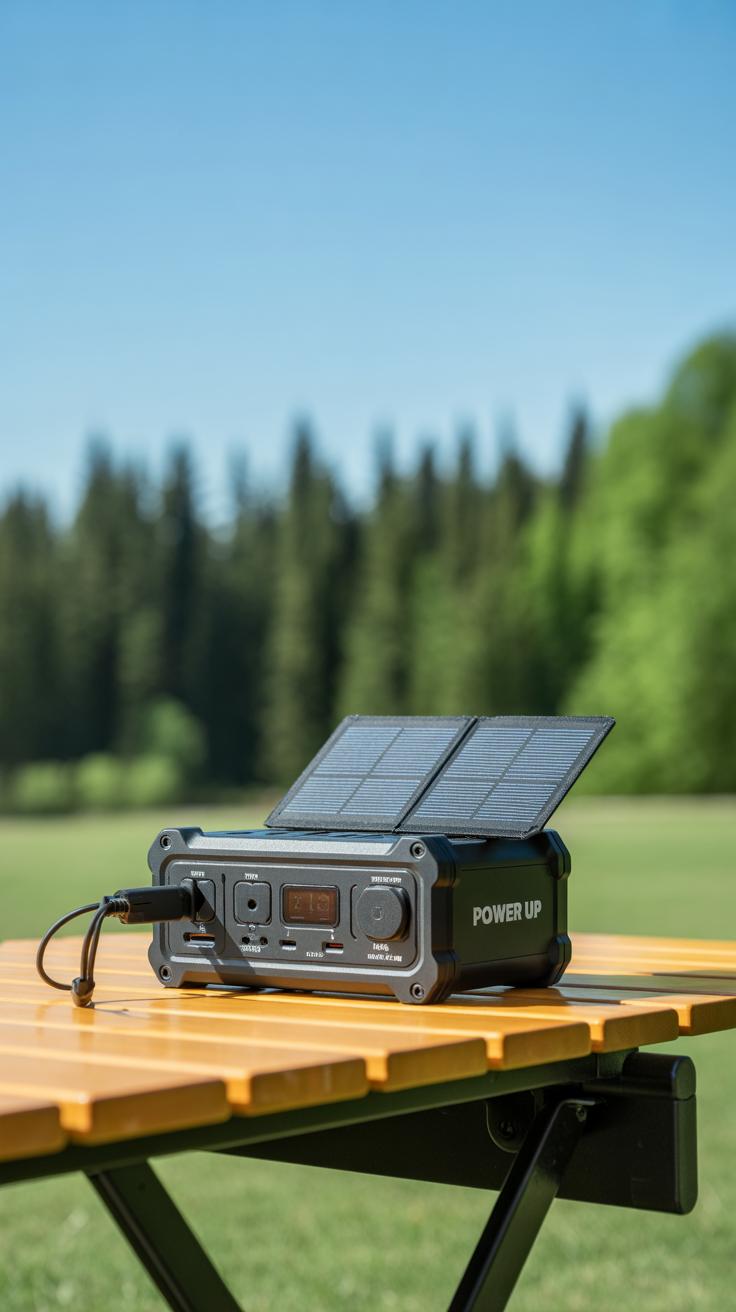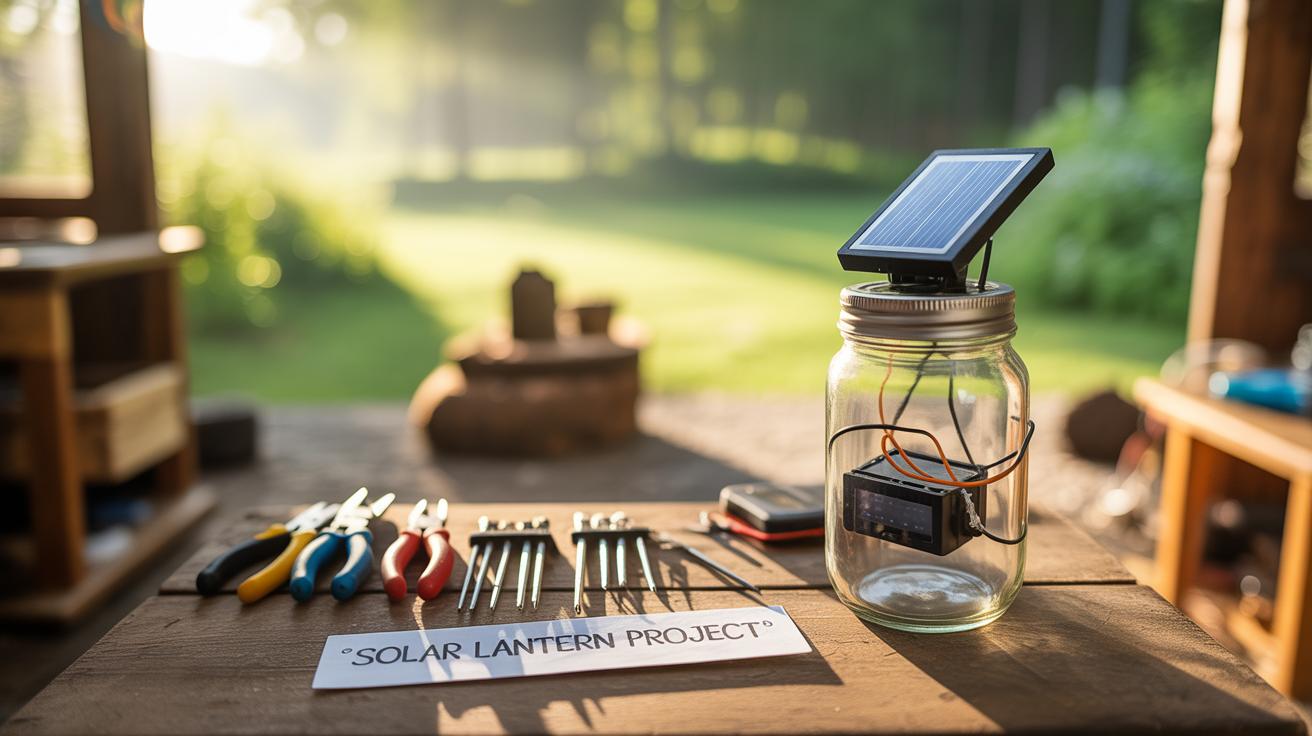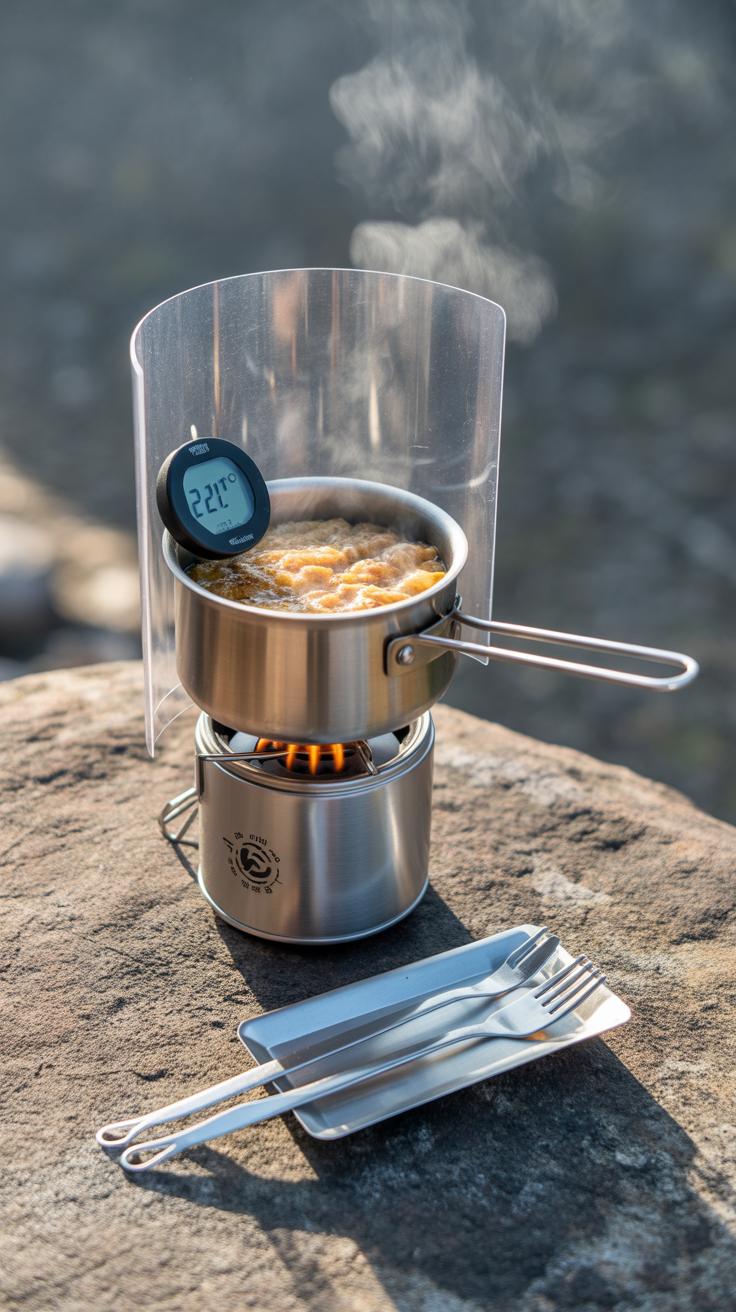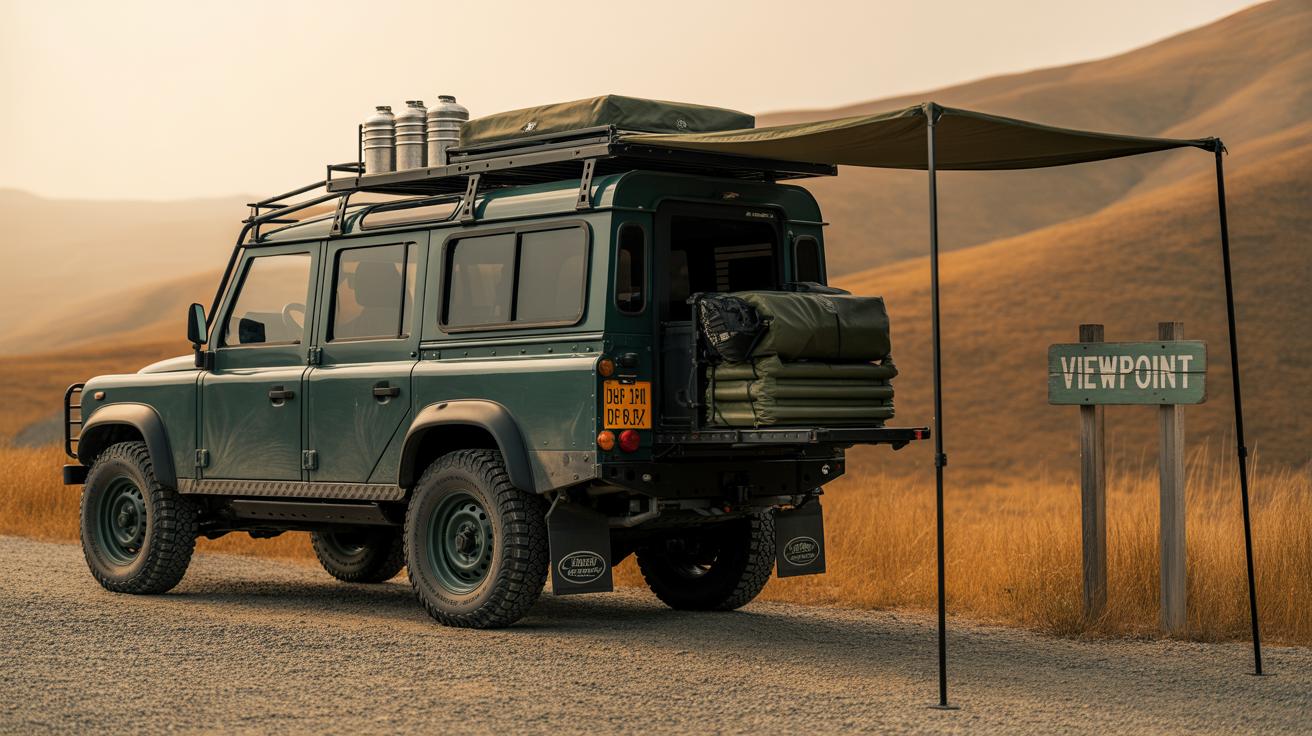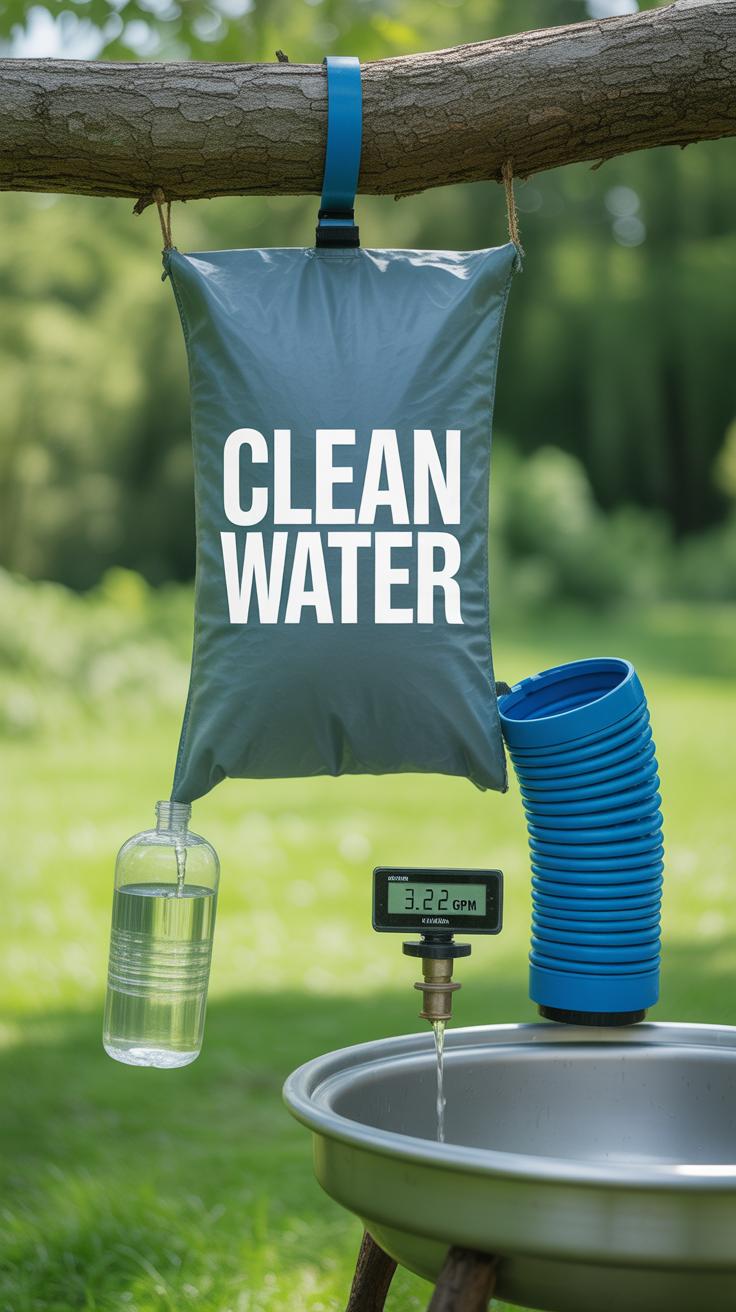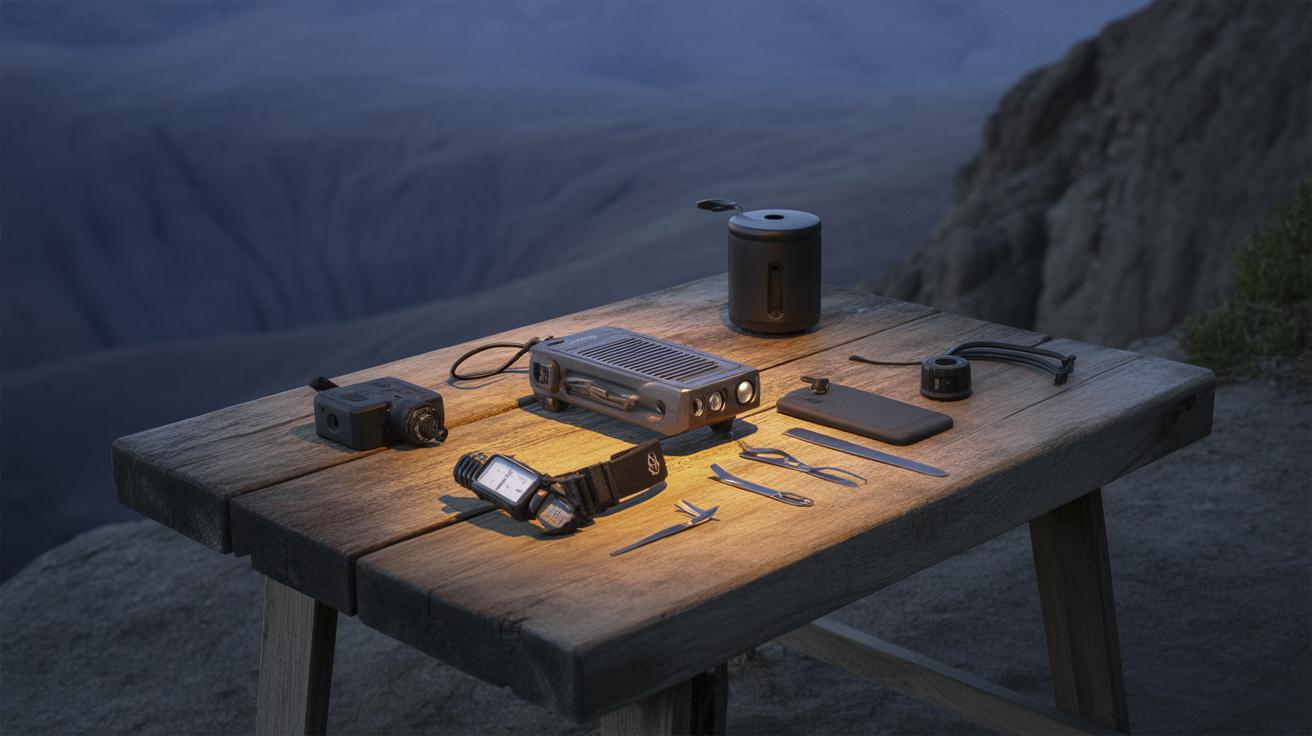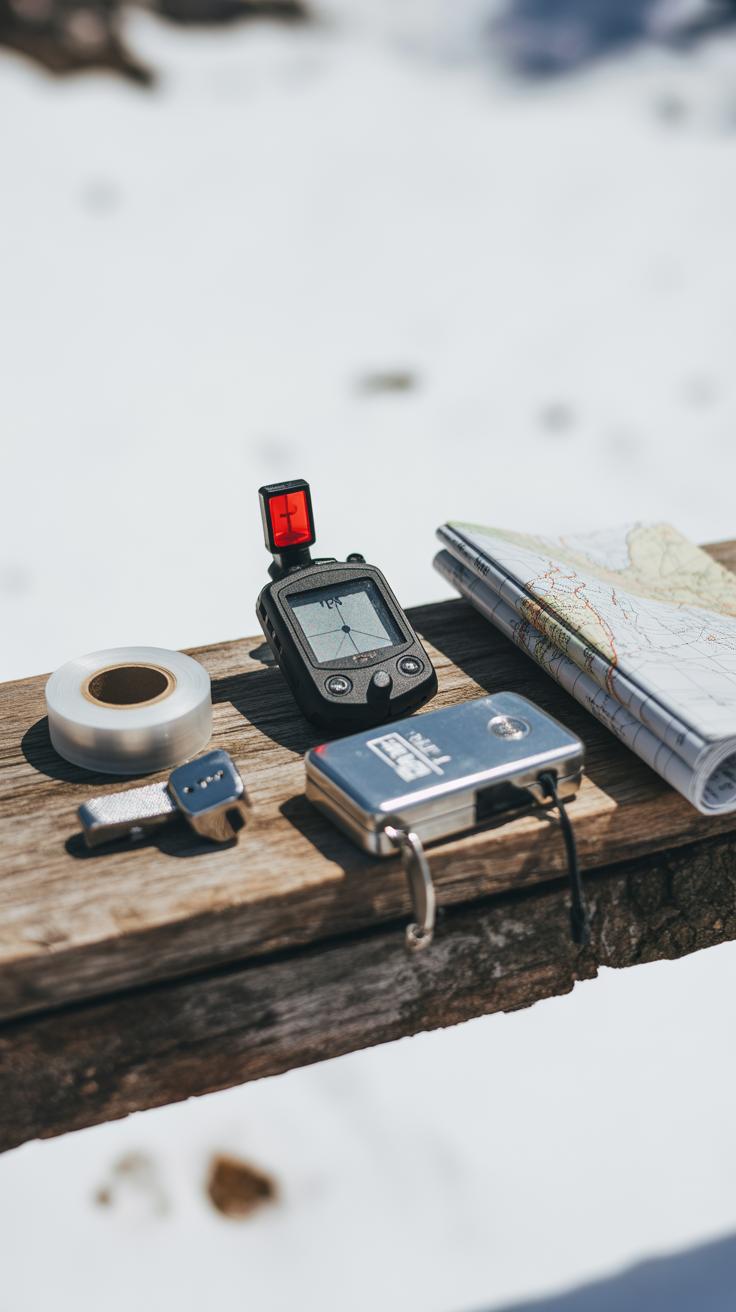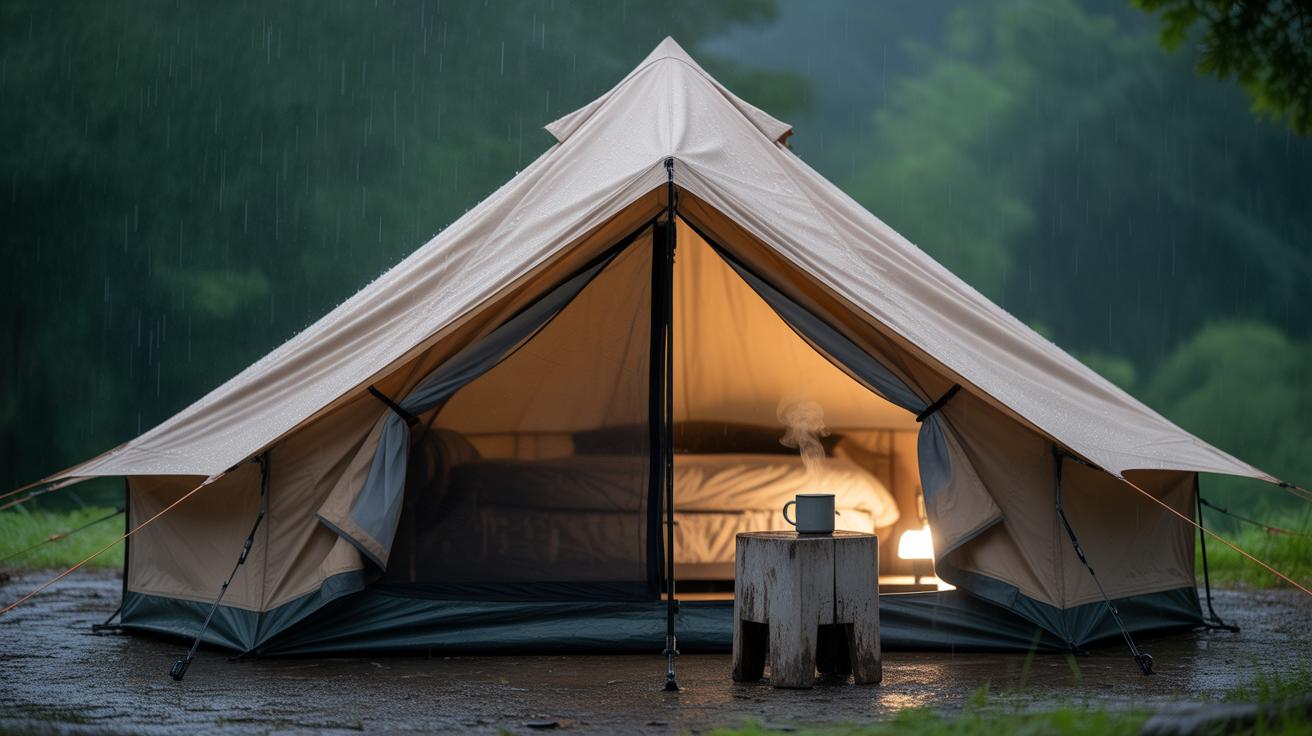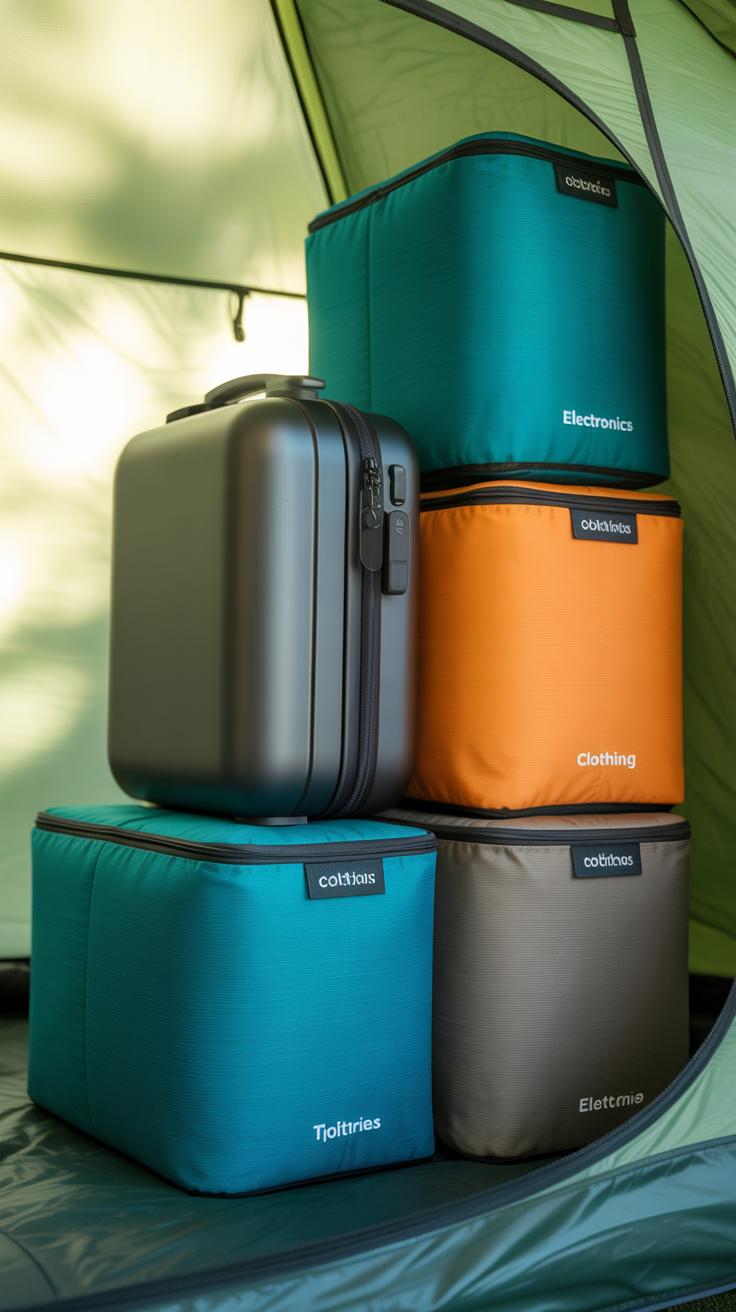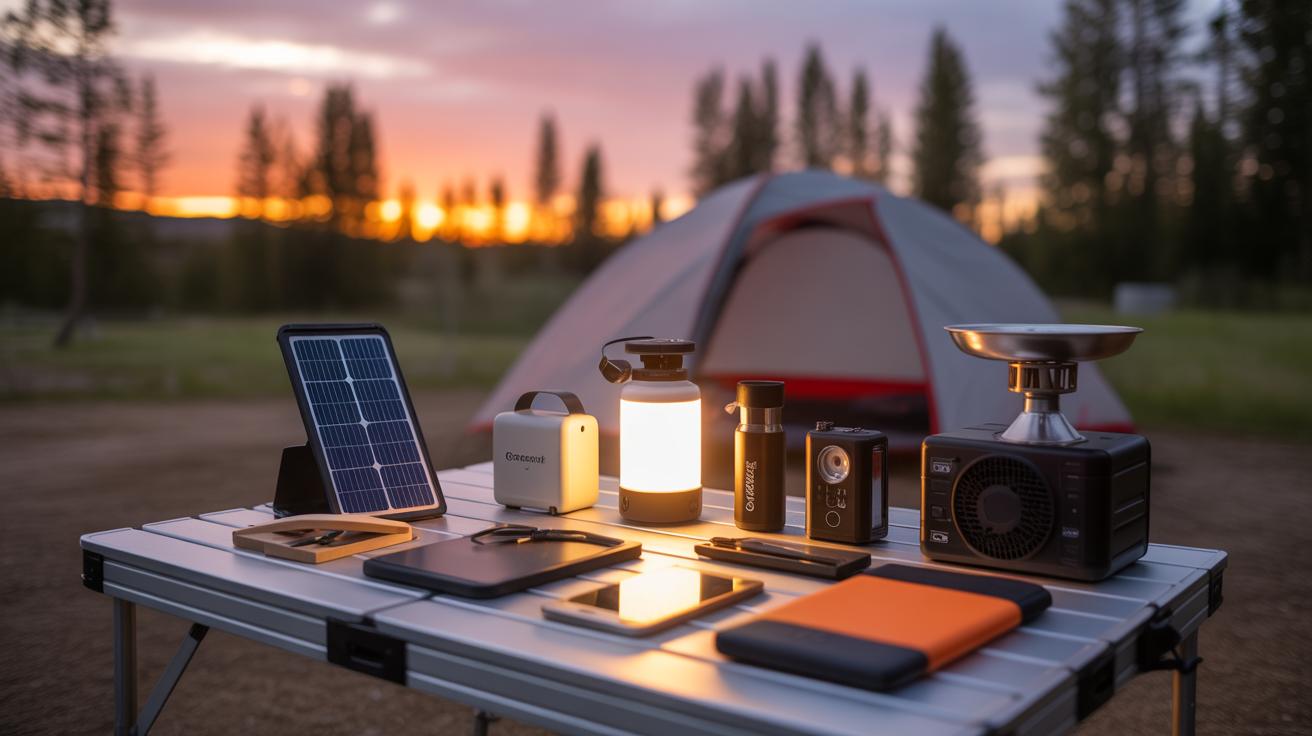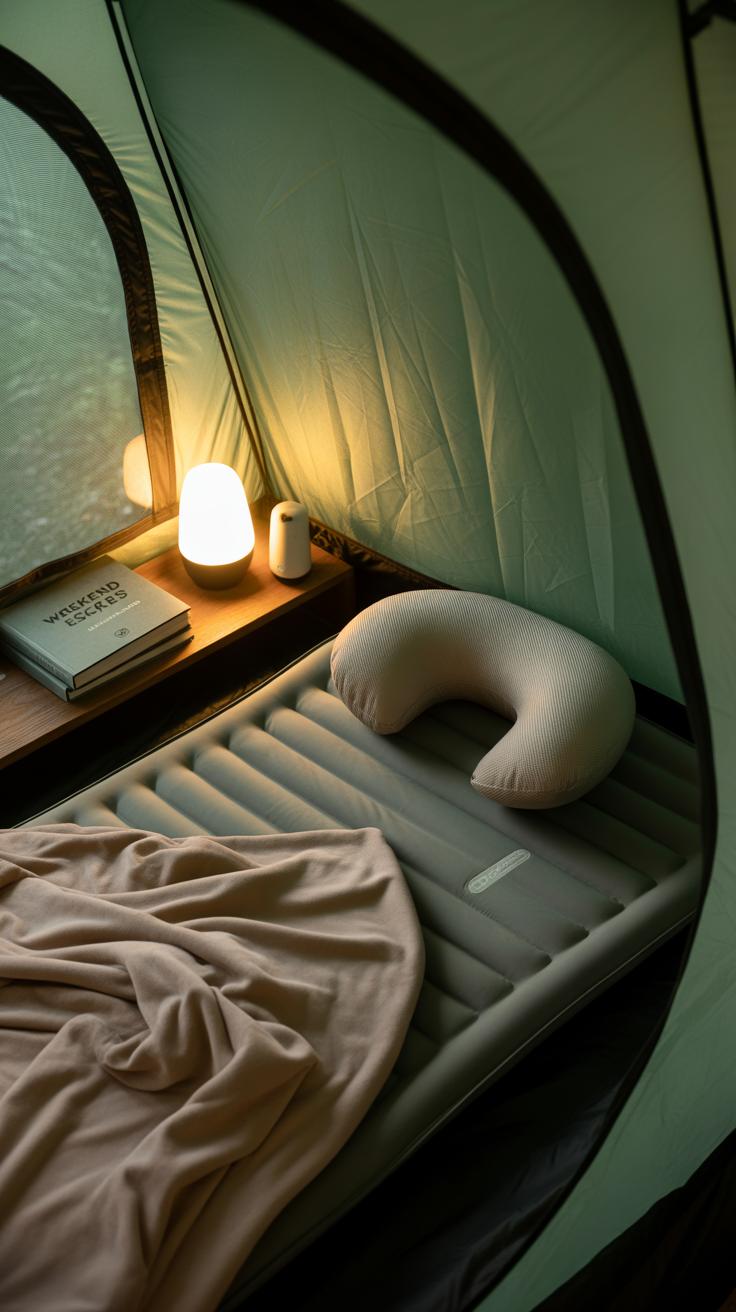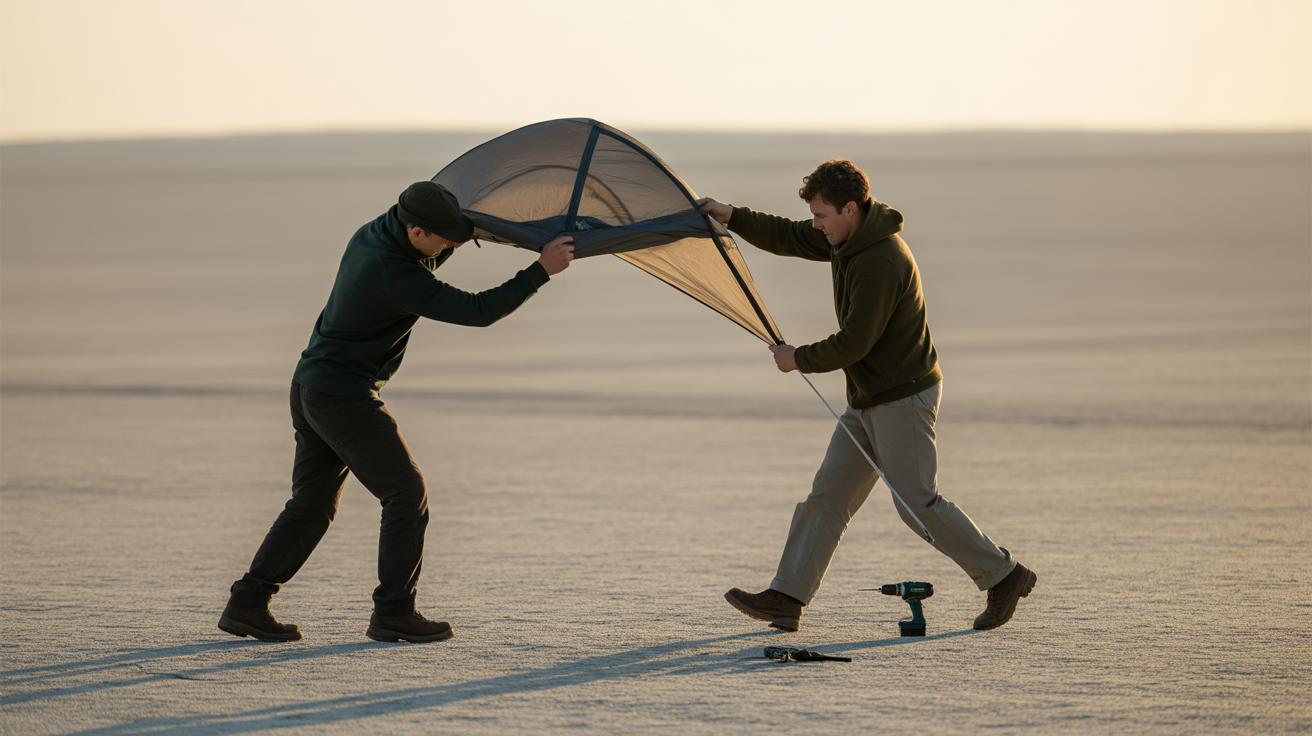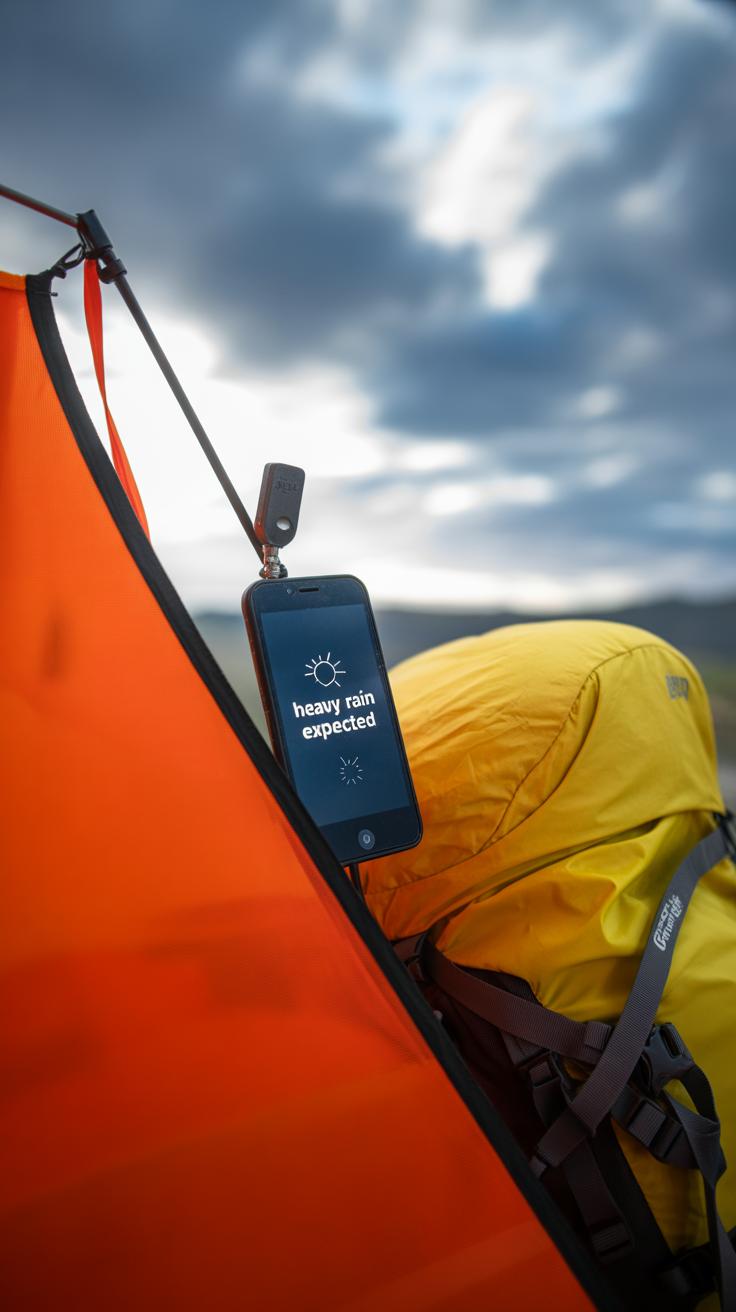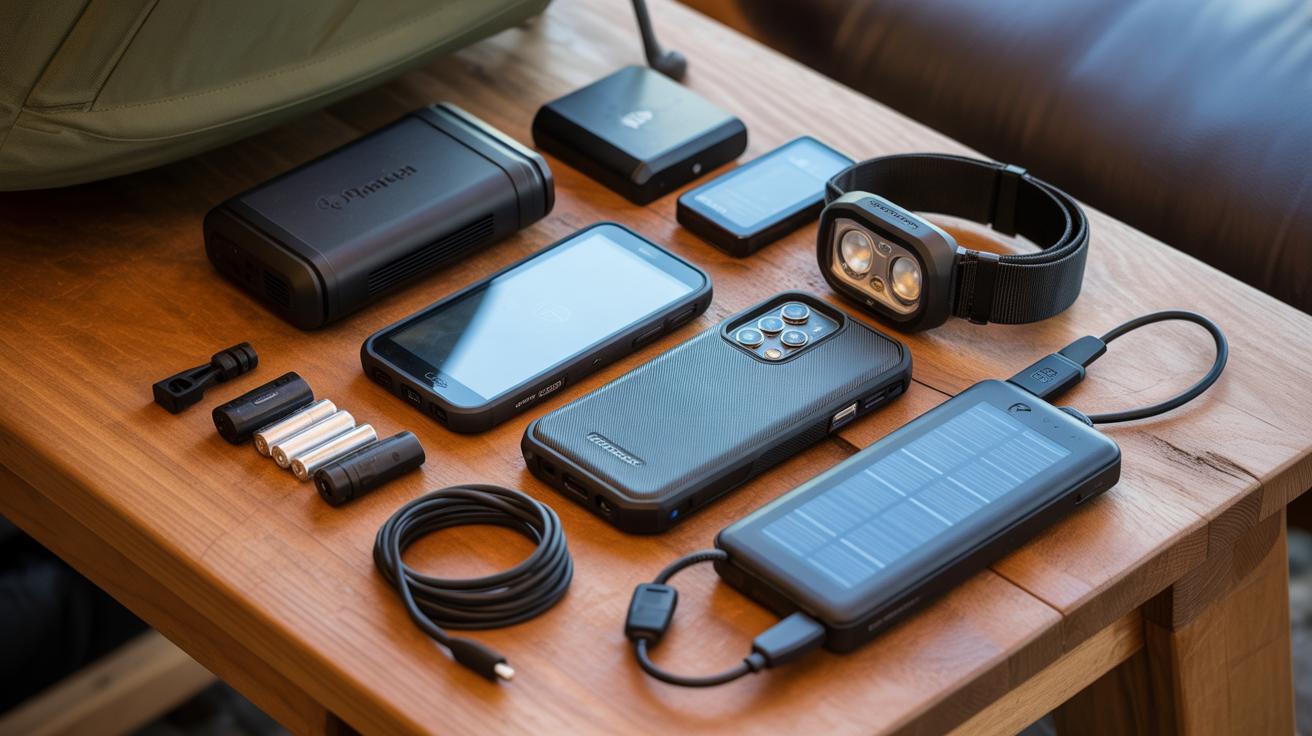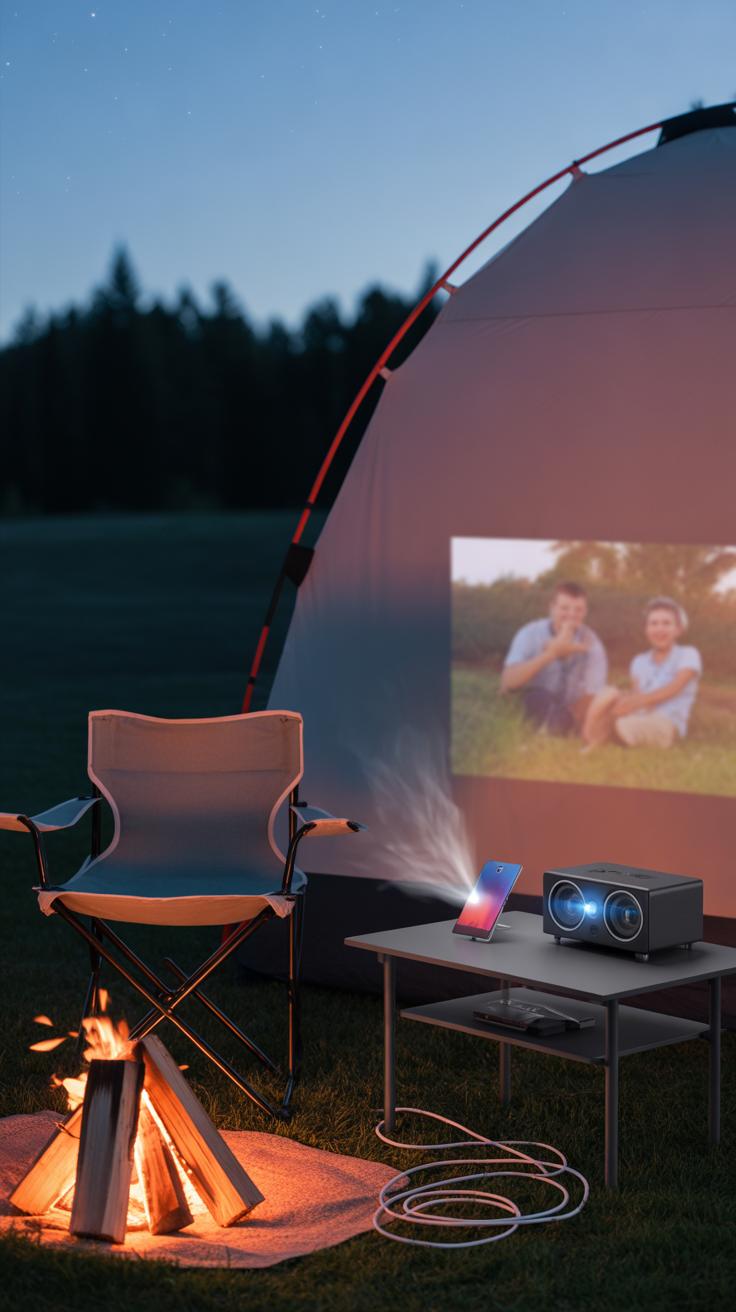Introduction
Camping is a great way to spend time outdoors and enjoy nature. But sometimes, packing and setting up camp can be tricky and take away from the fun. The good news is that smart gadgets can make your camping trips easier and more enjoyable. From lighting to cooking tools, plenty of tech can help you camp smarter.
This article explores camping hacks with smart gadgets that can upgrade any weekend trip. You will learn about useful tools and simple tricks to make your camping experience more comfortable and convenient. Whether you’re new to camping or an experienced outdoor lover, these ideas will help you get the most out of your time outside.
Smart Lighting Options for Campsites
Lighting can make or break your camping experience. Smart lighting gadgets offer practical solutions that save power while making your campsite safer and more comfortable. Take solar-powered lanterns, for example. They don’t need batteries and draw energy from sunlight, which is great if you want to avoid lugging extra batteries or worrying about replacements. I find setting them up in a sunny spot during the day pays off, casting soft, natural light when night falls—enough to navigate without fumbling around.
Motion sensor lights add another layer of convenience and security. Imagine having lights that turn on automatically when you step nearby—no digging for switches in the dark. It’s surprisingly reassuring, especially if you’re camping alone or in an unfamiliar spot. Plus, it helps keep your campsite wildlife-friendly by activating only when needed.
Rechargeable LED lights deserve a mention—bright, long-lasting, and eco-conscious. These lights cut down on single-use battery waste and are pretty versatile. Whether you’re prepping dinner or reading inside your tent, they provide steady illumination without the annoying flicker or dimming you sometimes get with other lights. Charging them ahead or even using portable power sources means you won’t be left in the dark, literally.
So, why not combine these options? Place solar lanterns around the perimeter for ambient lighting, use motion sensors near your tent for security, and keep a rechargeable LED close at hand for focused tasks. It helps conserve power and keeps things safer all night long. Have you tried mixing these lights on your trips before? It might surprise you how much easier camping gets with just a bit of thoughtful lighting.
Portable Power Solutions for Charging Devices
When you’re camping, having a reliable way to keep your devices charged can be a real game changer. Phones, cameras, and lights need power, yet there’s rarely an outlet nearby. That’s where power banks and solar chargers come into play. They’re not just convenient—they can sometimes be the difference between capturing a memory or missing it because your battery died.
Power Banks with High Capacity
Look for power banks that offer enough capacity to refuel your devices multiple times. Something around 20,000mAh or higher usually works well for weekend trips. Also, consider durability—your power bank needs to survive bumps and possible drops on the trail. Multiple USB ports can be a lifesaver, allowing you to charge several gadgets at once.
One little tip: charge your power bank fully before you leave and conserve its juice by charging devices only when necessary. Turning off unnecessary features on your phone or camera helps stretch that power, too. I often forget this and end up juggling chargers until I figure it out.
Solar Chargers for Off-Grid Power
Solar chargers convert sunlight into energy, making them perfect for long stays away from plugged-in power sources. You’ll want to place them in a spot where the sun hits directly and consistently—shady trees or overcast skies can slow down the charge considerably. I’ve found angling the panels towards midday sun really speeds things up.
Since solar charging relies on weather, it’s smart to use these as a backup rather than your main power source. Still, having solar as an option means you’re less likely to run out of juice entirely. It’s oddly satisfying to watch those little panels soak up sunlight and charge your gear while you relax.
TechEnhanced Cooking Gear
Cooking outdoors can be tricky, but smart gear makes it less of a chore. Take portable induction cookers, for example. These use electricity to heat cookware directly, which means faster cooking without open flames or messy charcoal. They’re compact—easy to pack—and safer than regular grills, especially if you’re camping in a spot with fire restrictions. Just keep in mind you’ll need a power source, so pairing them with a reliable portable battery or solar charger is key.
Smart grills take things further by letting you control temperature and set timers from your phone or on the device. That way, you avoid overcooking or constant monitoring, freeing you up to enjoy the outdoors. I once forgot about a steak I left on a conventional grill and well, let’s just say patience works better with tech on your side.
Heated lunch boxes are another neat option. They keep your meal warm for hours, which is great for long hikes or busy days exploring. No more soggy cold sandwiches or wasting leftovers because they went stale. You plug them in or run off a battery pack, and you’re set—simple but surprisingly handy. They might not replace a full stove, but they certainly make eating on the move easier.
Water Management with Technology
Smart Water Bottles with Hydration Tracking
Smart water bottles have become more than just containers—they actively remind you to drink water and track your intake throughout the day. These gadgets use sensors to measure how much water you consume and sync with mobile apps, sending notifications when you need to hydrate. When you’re hiking or doing any outdoor activity, this feature can be surprisingly helpful. I mean, dehydration sneaks up fast, and often you don’t notice until you feel sluggish.
Some models even adjust hydration goals based on the weather or your activity level, which feels a bit like having a mini-coach with you. But sometimes, the reminders can be a bit too persistent, which might get annoying if you’re focused on other tasks. Still, for those who genuinely struggle to drink enough, these bottles nudge you in the right direction without making a fuss.
Portable Water Filters For Clean Drinking
Camping often means relying on natural water sources, and that’s where portable water filters step in. These devices remove bacteria, protozoa, and sediments, so you don’t have to fuss with taste or worries about getting sick. You’ll find several types out there:
- Pump filters—you manually pump water through a filter. They’re reliable but take some effort.
- Straw-style filters—small and lightweight, you drink directly from the source. Convenient but slower.
- Gravity filters—fill a bag, hang it, and let gravity do the work. Great for groups, but a bit bulky.
Each has its perks, depending on your trip’s length and setup. I’ve found a straw filter handy for quick sips on short hikes, but for longer stays, a gravity filter cuts down on the tedium. One thing I noticed—filters need care; neglecting cleaning leads to clogging or reduced flow. So, keeping them in check matters a lot, or you’ll end up with just as much trouble as without one.
Navigation and Safety Devices
GPS Units and Smartwatches
When you’re out in the wild, finding your way can get tricky fast. GPS devices are great for pinpointing trails and campsites, especially if you tend to stray from marked paths. These gadgets keep you on track even in dense woods or fog, where a simple map might fall short.
Smartwatches that feature built-in trail maps bring another layer of convenience. You don’t need to pull out your phone or bulkier GPS unit. Plus, tracking your fitness—steps, elevation, heart rate—while you hike helps you understand how the terrain is affecting you. I remember one trip when my watch alerted me I was climbing too fast and needed a break; that tiny nudge probably saved me from overheating.
Still, some GPS models have longer battery life or better signal processing than smartwatches. So, maybe it’s a good idea to pack both if you want a backup.
Emergency Beacons and Communication Tools
Emergency beacons can be a literal lifesaver. When you’re in a pinch—lost or injured—they send distress signals to rescue teams, even from places with zero mobile service. They often use satellites, which is crucial since cell towers vanish quickly in remote spots.
Communication devices that work off-grid, like satellite messengers or walkie-talkies with long range, keep you connected without depending on a phone network. Still, device choice depends on your trip—for solo excursions, an emergency beacon might be a must; if you’re camping with a group, long-range radios could work better.
One time, a friend triggered her emergency beacon because of an unexpected ankle injury. No cell service, but help arrived within hours. It made me rethink carrying one every time, no matter how “safe” the trail sounds.
Smart Storage and Organization
Keeping your camping gear tidy can drastically improve your trip, even if it sounds a bit mundane. Packing cubes are probably one of those small things you don’t think about until you try them. They separate clothes, tools, and other essentials into neat compartments, and some even compress items to save space. That way, you avoid the “messy trash bag” feeling, where you’re digging for a tool or shirt in a chaotic heap. I’ve noticed how just dividing things makes unpacking less of a chore, leaving more energy for actual camping.
Smart bags go beyond simple storage. They’re built with camping in mind — features like waterproofing, external attachment points for quick access, and compartments tailored for gear. Some include modular inserts so you can customize the interior for your specific needs. It’s like having a personal gear assistant, silently organizing without asking for much.
When it comes to your electronics, gadget organizers really come through. They keep chargers, cables, and devices separated so nothing gets tangled or lost. Some even have padded sections that protect fragile gear from bumps. I’ve found a simple organizer can save tons of time when setting up or packing away electronics. A little tip: label or color-code cables inside the organizer for easy grabbing, especially when you’re half-exhausted.
But yes, even the best organizer won’t stop you from forgetting a charger once in a while. Perhaps packing a small power bank separately could cover that slip. Just thinking ahead a bit helps keep your electronics safe and ready to go.
Comfort Gadgets to Improve Sleep
Camping comfort often comes down to sleep quality. That’s where smart sleeping bags step in. These aren’t your average bags. Some models let you control the temperature—warming you up on cold nights without the bulk of extra layers. Imagine adjusting the heat with a simple button, then packing the bag down to a compact size for easy transport. They save space and keep you cozy, which is a game changer when you’re out in unpredictable weather.
Then there are inflatable pillows that aren’t just puffs of air. You can fine-tune their firmness and shape to support your neck precisely where it needs it. It’s weird how such small tweaks can make all the difference after a long day on the trail. You might wake less stiff or restless, which probably means better sleep.
Noise is a different challenge. Even if you’re deep in the woods, sounds can disrupt your rest. This is where noise-canceling devices come into play. These gadgets block out chirping insects, rustling leaves, or nearby campers chatting under the stars. While it might feel a bit odd using tech to mask nature’s sounds, many find that these devices help them fall asleep faster and stay asleep longer. Would you be surprised if a bit of silence actually made your camping nights feel more restorative?
Weather Monitoring and Preparation
Portable Weather Stations
Portable weather stations have changed the way we camp. They measure temperature, humidity, and wind speed right where you are, giving you clear data rather than guessing from distant forecasts. I’ve found that knowing the exact humidity helps when deciding whether to expect dew or extra chill overnight. Sometimes, a sudden drop in wind speed or rise in temperature signals subtle changes you might not notice otherwise.
These stations usually pack down small, so carrying them isn’t a hassle. When you can check the weather details anytime, you avoid being caught off guard by a cold snap or unexpected heat. It’s like having a mini meteorologist with you. Imagine noticing rising humidity right before a storm and hurrying to secure your gear—those small details matter on a weekend trip.
Smart Sensors and Alerts
Smart sensors that detect rain or shifts in weather offer something closer to real-time warnings. For instance, I once relied on a sensor that buzzed right before rain started, even when the sky looked clear. That gave me enough time to cover my equipment and move my cooking setup under shelter.
These sensors often connect to your phone, sending alerts you might not otherwise get, especially if you’re some distance from your campsite. Quick reaction can make a difference—like avoiding soaked clothes or a flooded tent. But sometimes, the alerts can feel a bit too sensitive, causing you to rush for nothing. It’s a trade-off that seems worth it if you prefer to play it safe.
Easy Entertainment with Tech
Camping doesn’t have to mean endless boredom once the chores are done. Small, solar-powered speakers can bring music to your campsite without draining batteries or needing a plug. These gadgets soak up sunlight during the day and offer clear sound in the evening—perfect for group sing-alongs or just enjoying some tunes solo. I remember once setting one up on a rocky ledge; the tunes drifted across the valley, making the whole experience feel a bit more alive.
Besides music, e-readers are a quiet game changer. Instead of lugging around several heavy books, you get access to thousands with a single device. It’s just easier, especially if you’re switching between fiction and a guidebook on the fly. Plus, the screens are designed to work well even in bright sunlight, which means you’re not squinting or flipping pages awkwardly.
When reading isn’t enough—or you want a break—handheld games that don’t rely on Wi-Fi can be lifesavers. They keep you entertained during slow afternoons or drizzly evenings when hiking isn’t an option. Casual games or puzzles usually do the trick, and it’s nice not feeling glued to your phone. I know some who even bring classic-style consoles for a bit of nostalgia at the campfire. It’s strange how simple tech can make downtime surprisingly fun.
Conclusions
Using smart gadgets during camping can turn a hard trip into a smooth and fun adventure. With the right tools, you save time and solve common problems like poor lighting, charging devices, and cooking challenges. These camping hacks make your trip less stressful and more relaxing.
Try some of these smart camping hacks on your next trip. You will see how small changes and the right gadgets improve your outdoor experience. Enjoy nature with more comfort and confidence by using simple and helpful tech tips.

